Writing about the results of the year is not always an easy task, and not only because the outcomes are different in topics and content, but also because the very concept of “outcome” is quite stretchy
VICTOR LOUPAN, Head of the Editorial Board
The result implies a finished paradigm, which can be speculated about as something complete, however, we know very well that in reality everything is far from the case. Let’s try to divide the story into several topics.
300th anniversary of the proclamation of the Russian Empire and 30th anniversary of the collapse of the USSR
In Russia, the title of emperor has been used in diplomatic documents since 1713, but the official imperial period of Russian history began on October 22 (November 2, new style), 1721. On this day, in the Holy Trinity Cathedral of Saint Petersburg, the Senate awarded Tsar Peter I the title of “Father of the Fatherland, Peter the Great, Emperor of All Russia”, and the Moscow kingdom began to be called an empire.
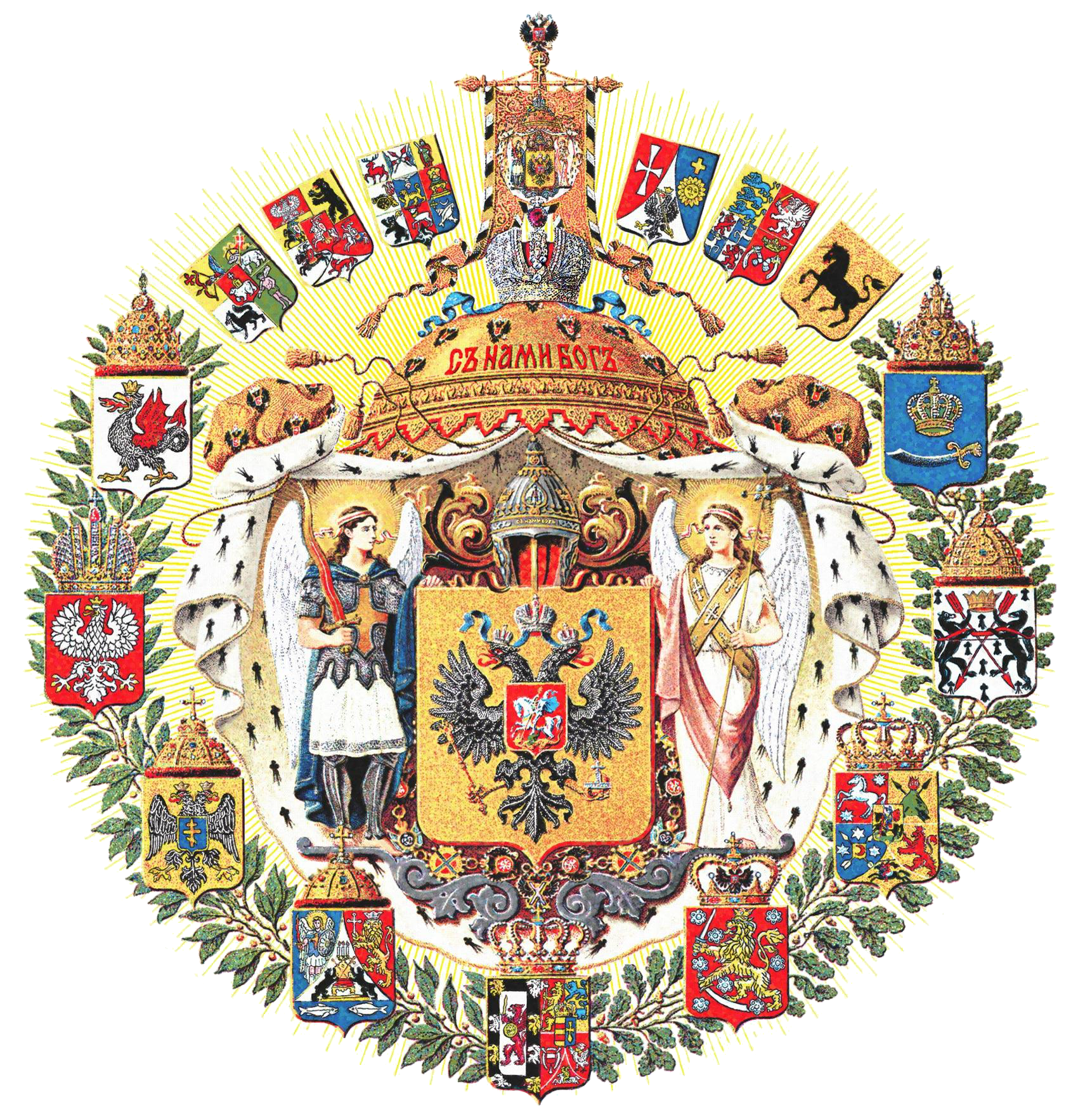 The imperial title of the Russian tsars signified the increased importance of Russia, which, as a result of the Nystad peace treaty with Sweden, established itself on the shores of the Baltic Sea.
The imperial title of the Russian tsars signified the increased importance of Russia, which, as a result of the Nystad peace treaty with Sweden, established itself on the shores of the Baltic Sea.
In fact, Russia has never been either a nation state, or a nation itself in the sense of an ethnic community with a single language and identity. It has always been a multinational country with a clear tendency towards expansion, as a result of which, by the beginning of the World War I, the Russian Empire became a state of simply unheard-of geographical proportions.
The Russian Empire ceased to exist because of the February Revolution of 1917, which led to the overthrow of the last All-Russian Emperor Nicholas II. The Bolsheviks who came to power in October 1917 quickly restored the empire almost within its pre-war borders, calling it the Union of Soviet Socialist Republics. The Soviet empire, in turn, lasted until December 25, 1991, and collapsed without any external influence. The Russian Federation that appeared to succeed it, although being smaller in size, retains its imperial nature, multi-ethnicity and the unacceptability of nationalism.
Politics
For many years now, a seemingly strange confrontation has been growing between Russia and the Western world. Russia condemns Western military structures for aggressively approaching its borders. But the West argues that Russia should be contained, because it threatens the sovereignty and independence of the former Soviet republics and thereby threatens peaceful coexistence on the European continent. The 2014 coup in Kiev, the referendum in Crimea and its joining Russia, the proclamation of the people’s republics of Donbass – all this triggered a new round of confrontation which reached its peak in 2021. Although there was no ideological conflict between the West and Russia. Actually, there has never been, and still is not.
On December 17, an important political event took place, clearly finalising a certain stage of relationship. The Russian Foreign Ministry unexpectedly published the documents developed by the Russian Federation to summarise the summit between Vladimir Putin and Joe Biden. Based on them, Russia proposes to the United States to stop NATO expansion and its military activity in the post-Soviet republics, abandon the idea of Ukraine joining the alliance, and mutually renounce the deployment of short- and medium-range missiles in Europe. And which is most important, not to deploy weapons outside the military bloc borders as they were in 1997. Plus, Russia offers NATO to cancel the legal definition of each other as enemies.
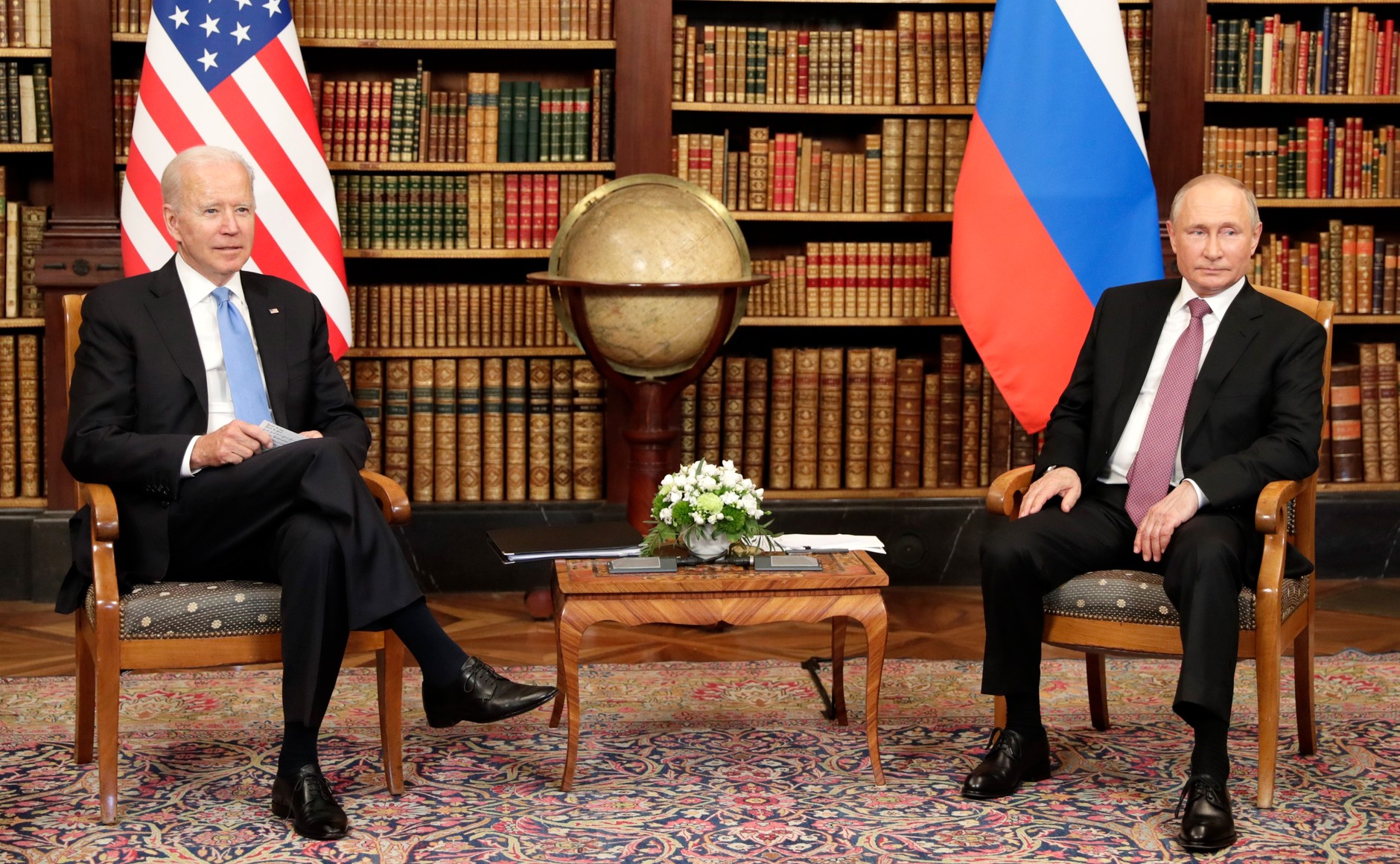 So, the documents exclude the further expansion of the alliance to the east and the acceptance of Ukraine into it, the deployment of additional troops and weapons outside of the member countries borders as they were in May 1997, and also provide for the abandonment of any NATO military activities in Ukraine, Eastern Europe, Transcaucasia, and Central Asia.
So, the documents exclude the further expansion of the alliance to the east and the acceptance of Ukraine into it, the deployment of additional troops and weapons outside of the member countries borders as they were in May 1997, and also provide for the abandonment of any NATO military activities in Ukraine, Eastern Europe, Transcaucasia, and Central Asia.
What is for the United States specifically, both countries are encouraged to avoid deployment of nuclear weapons abroad and eliminate the infrastructure that allows them to do so. Russia also offers the United States to step back from the engagement of third countries in attacking each other.
The message of the Foreign Ministry reads, in particular, the following: “We hope that, the United States will enter into serious talks with Russia in the near future regarding this matter, which has critical importance for maintaining peace and stability, using the Russian draft treaty and agreement as a starting point.”
Russia’s offensive voice surprised many experts. For, until now, it most often reacted to events, but did not precede them. But here, the pursued goal is to fix tough positions indicating that Russia is no longer ready to make compromises. Indeed, its demands clearly limit bargaining power. However, it is not clear what will happen if the US rejects the Russian initiative. Many experts, both Russian and Western, actually believe that a number of points put forward by Russia are obviously unacceptable for the West.
Experts think that Washington is unlikely to discuss the items on the non-deployment of nuclear weapons and the refusal to train its allies to use them. Although in Europe itself there is a movement opposing the deployment of American nuclear weapons. And it may well perceive this as an opportunity to improve the security level.
Russia’s initiative is so unusual, that it is extremely difficult to understand where it is ready to concede, and where the Americans can concede. After all, there are no contracts without concessions.
One of the explanations for such an unexpected and offensive initiative by Russia is its amazing military technological breakthrough.
Si vis pacem, para bellum
“If you want peace, prepare for war,” a wise Latin expression says. In this regard, the successful completion of the tests of the Zircon airborne hypersonic cruise missile is one of the notable results of the year, which once again confirms the news about Russia’s technological superiority over the United States. Because this flock missile (they are launched in flocks, several at a time) flies at such a speed that the American anti-missile systems do not have time to either detect it, or react to the attack. The speed of 10,200 kilometers per hour (or 2.65 kilometers per second) is so great, the controllability and mobility of the new Russian missiles are so unusual, that American military and civilian targets on land and water are essentially defenseless. This is not a fantasy born among Russian military enthusiasts. Hearings on this matter held in the US Congress confirm the fact that the US was left, in fact, without protection. American experts believe that they will not be able to shoot down such a missile in the next 15–20 years. Therefore, they are agitating for the return to the development of laser weapons, hoping that the speed of light much exceeds the speed of hypersound. However, they also emphasise the fact that Russian hypersonic missiles are highly mobile, which makes the use of laser weapons extremely difficult.
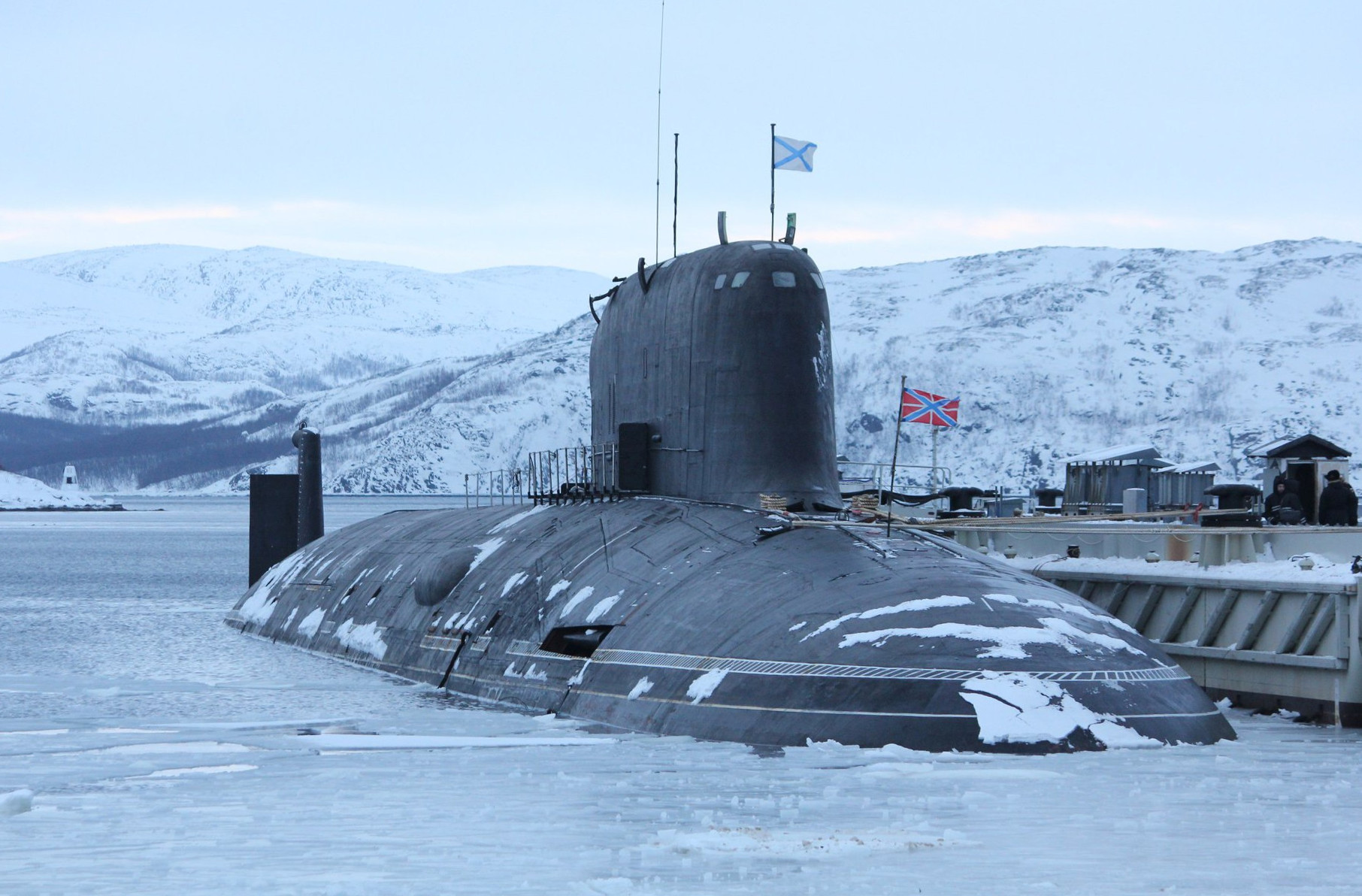
hypersonic missiles
This is what the American edition of Military Watch Magazine specialising in military affairs, writes: “Russian Yasen Class submarines can be armed with several dozen Zircon hypersonic missiles developing speeds of up to 10,000 km/h, which lies between Mach 8 and Mach 9. These submarines are capable of delivering strikes from a depth of 40 m, and the rocket goes into the upper layer of the stratosphere to an altitude of 40 km, where the air density is ten times less, which makes it possible to develop tremendous speed. Such missiles are highly likely to penetrate all available missile defence systems in the US. If we take into account the ability of the Zircon to disable any large ship with one hit, it turns out that the firepower of each such submarine will be enough to disable an aircraft carrier strike group, of which there are 11 in the US Navy.”
And another American magazine The National Interest even declared Zircon “The Great Equalizer”. For until now, the unsurpassed power of the US Navy has been the main instrument of the US global political and military domination.
It is probably this unexpected new balance of power that led Russia in 2021 to change its geopolitical and military-diplomatic behaviour. Moreover, the documents contain a warning that, in case of failure to reach an agreement or refusal to negotiate on the part of the United States, Russia will take care of its own security, using its own military and technical capabilities.
But, apparently, things will not go to extremes, because Jake Sullivan, who serves as the United States National Security Advisor to President Joe Biden, said, speaking before the Council of Foreign Relations, that the United States was ready for a dialogue with Russia. According to him, Moscow has listed its concerns, and Washington will invite it to discuss its own.
Arts and culture
Against the background of unprecedented hostility and political confrontation between the EU countries and Russia, Paris unexpectedly became the European capital of the great Russian art.
The first bold expression of “Russian glory” was the opening of an exhibition of the Morozov brothers’ collection on September 22. The exhibition was so successful that the organisers extended it until February 22, 2022. It is expected that the exhibition will be attended by one and a half million French and foreigners. This is an absolute record for attendance at events of this kind.
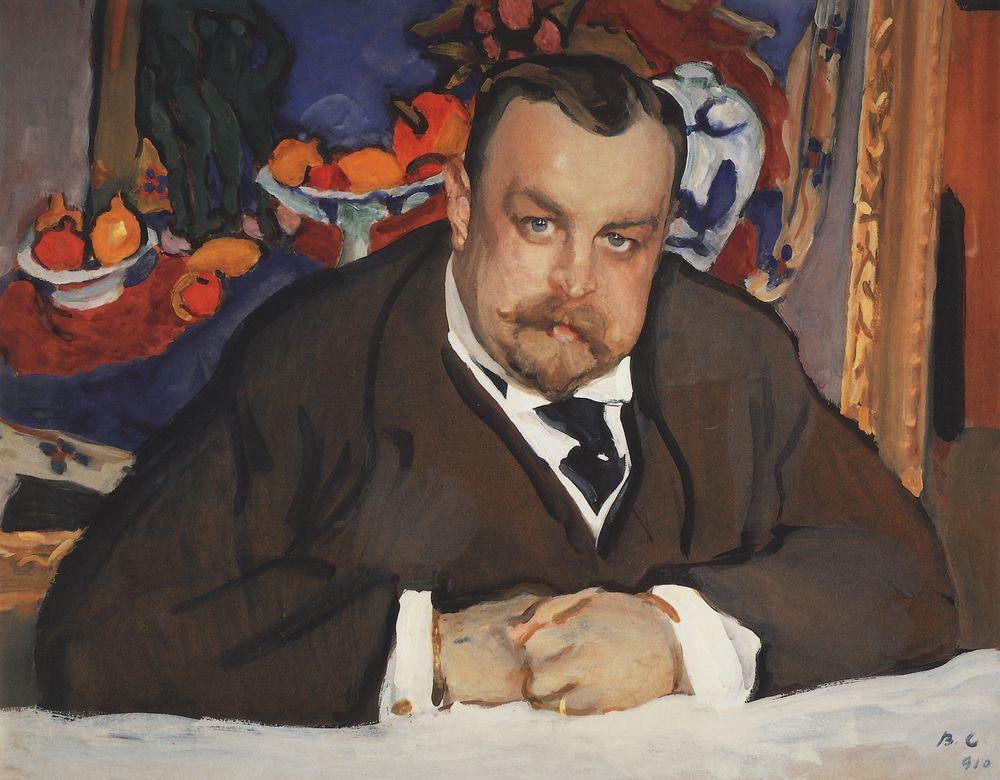
The exhibition takes place in the modern showroom of the Foundation Louis Vuitton. It features 200 masterpieces from the joint collections of Mikhail and Ivan Morozov.
Works nationalised by the Bolsheviks are presented in Paris. Until now, they have never been exhibited outside of Russia. The exhibition is the fruit of cooperation between the French transnational group LVMH, the world leader in the luxury market, with Russian museums, as well as the personal acquaintance of Bernard Arnault, the owner of the enterprise, and Russian President Vladimir Putin. The exhibition was opened by French President Emmanuel Macron, which is extremely unusual!
“Morozov brothers Mikhail and Ivan, together with Sergei Shchukin, established a collection that was to be donated to the Tretyakov Gallery to create a museum of French contemporary art,” Anne Baldassari, curator of the exhibition, says. The peculiarity of the museum they had conceived was that it was intended for new art that was just being created. That is, it was not an ordinary retrospective, but a retrospective with all sensitivity to the vibrant Parisian art scene, to the art movement, which thirsted for a revolution in everything. In 1947, these collections were distributed among various Soviet collections. They were saved, however they were kept in boxes at the Hermitage and the Pushkin Museum. And only after the death of Stalin, with the “thaw”, with the first Picasso exhibition in 1956 in Moscow and Saint Petersburg, the ban began to relax gradually to release the opportunity to see the works of the Impressionists. We had to wait for a long time to see the French avant-garde, especially Matisse.”
It is also significant that the exhibition presents not only French, but also Russian masters of painting. Together with Manet, Rodin, Monet, Pissarro, Renoir, Sisley, Cézanne, Gauguin, Van Gogh, Matisse, Picasso, the works of Vroubel, Korovin, Serov, Goncharova, Malevich, Konchalovsky were brought to Paris. A total of 47 artists are represented, 17 of which are Russian.
Works for the exhibition were provided by the largest Russian, and not only Russian, museums: the Pushkin Museum, Hermitage, Tretyakov Gallery, Russian Museum, Ukrainian Art Museum (Dnipro), National Art Museum of Belarus, Moscow Museum of Avant-Garde Art (MAGMA) and some private collectors. It should be noted here that the LVMH group sponsored the restoration of many of the exhibited masterpieces.
By a strange coincidence, another, more “classical” exhibition – a retrospective of Ilya Repin held simultaneously with the exhibition of the Morozov collection in Paris – is enjoying great success. The genius of Russian painting appeared in all his greatness and all his glory. By the way, he is very correctly represented by the wonderful Parisian Museum Petit Palais as “the singer of the Russian soul”, because the “Russian soul” concept is well known to the French.
The exposition features about 100 works from the Tretyakov Gallery, the Russian Museum, other museums and private collections.
Repin had lived for some time in France, including in Paris. The exhibition lays special emphasis on the Parisian period of Repin’s life. But the main thing is that the exhibition includes almost all the famous paintings of the artist, in particular “Barge Haulers on the Volga”, “Religious Procession in Kursk Governorate”, two versions of the canvas “They Did Not Expect Him”, and “The Duel”.
Russia itself appears on the artist’s canvases. It is peasant, aristocratic, popular, tsarist, revolutionary, and artistic. His portraits are especially impressive. “Leo Tolstoy Barefoot” is brilliant. The painting “Negro Woman” is unusually beautiful.
For the exhibition, the Tretyakov Gallery provided the Paris museum with 57 paintings by the artist, including masterpieces from its permanent exhibition.
Exhibitions “Ilya Repin” at the Petit Palais and “The Morozov Collection. Icons of Modern Art” at the Foundation Louis Vuitton mark the “Russian autumn” in the French capital.
Shame of the year
Our great writer and playwright Anton Pavlovich Chekhov said that a kind person is ashamed even in front of a dog.
I sit here and think: what can we call the shame of the year? Probably what is happening on the Polish-Belarusian border, where the Poles starve and freeze about three thousand people huddling in Belovezhskaya Pushcha, who are not even going to stay in Poland. They were already beaten with truncheons and gassed, and they were watered with cannons at sub-zero temperatures, and even women and children were thrown onto the barbed wire covered with razors. This carnage has been going on for several months and only now, before the end of the year, petitions of the human rights organizations began to appear in the Western press. They finally felt ashamed of such a clear demonstration of “European values”.
Elon Musk – Person of the Year
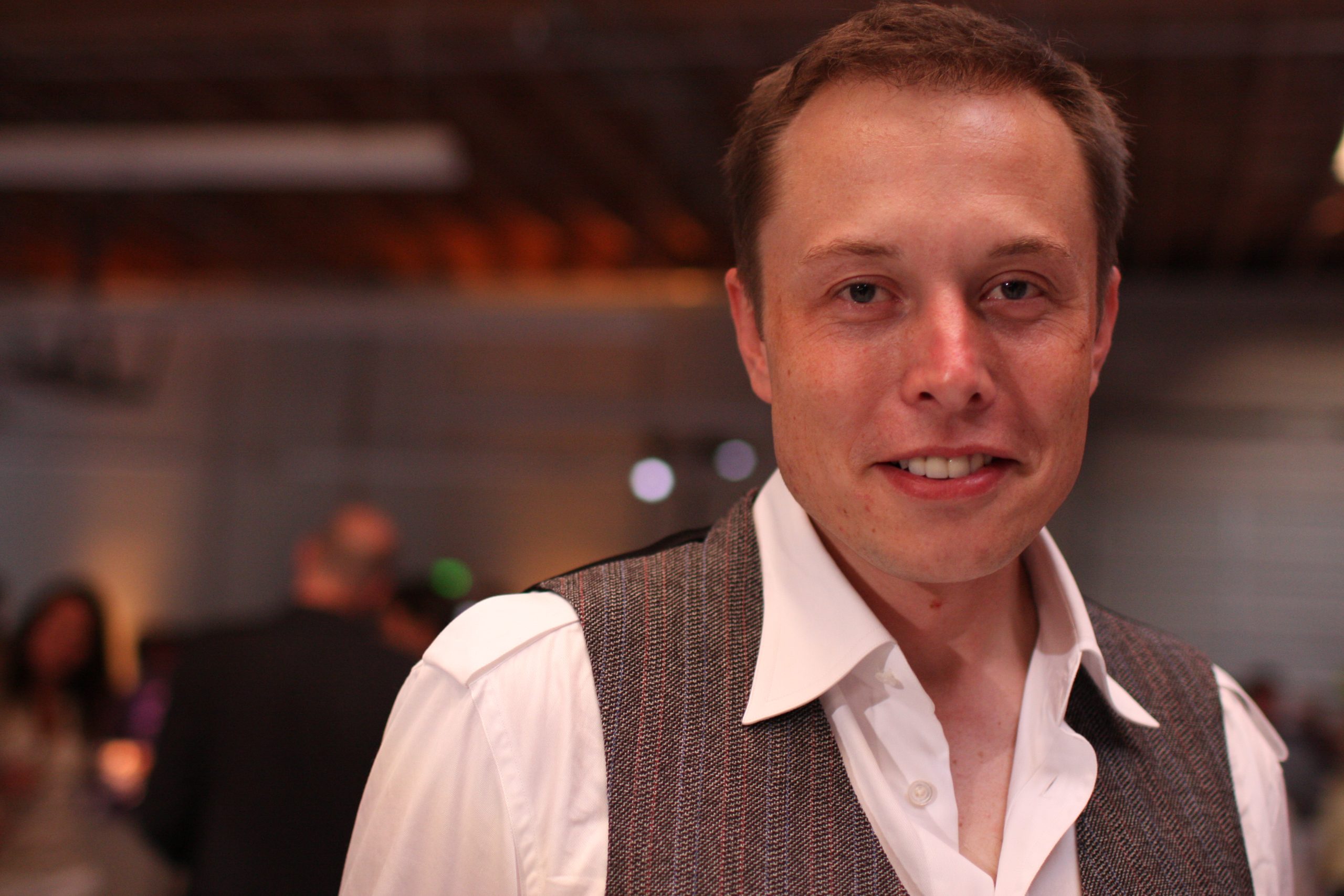 I like extravagant Elon Musk. That is why I was delighted when the prestigious British newspaper Financial Times chose him as the person of the year, because he has triggered “a historic shift in the world’s auto industry towards electric vehicles”. “For a long time, the rest of the auto industry was basically calling Tesla and me fools and frauds”, Musk said in an interview with the publication.
I like extravagant Elon Musk. That is why I was delighted when the prestigious British newspaper Financial Times chose him as the person of the year, because he has triggered “a historic shift in the world’s auto industry towards electric vehicles”. “For a long time, the rest of the auto industry was basically calling Tesla and me fools and frauds”, Musk said in an interview with the publication.
Two days earlier, on December 13, Musk received similar acclaim from Time magazine. A photograph of the engineer was placed on the cover of the December issue, in which the publication traditionally announces the person of the year.
Closings and openings
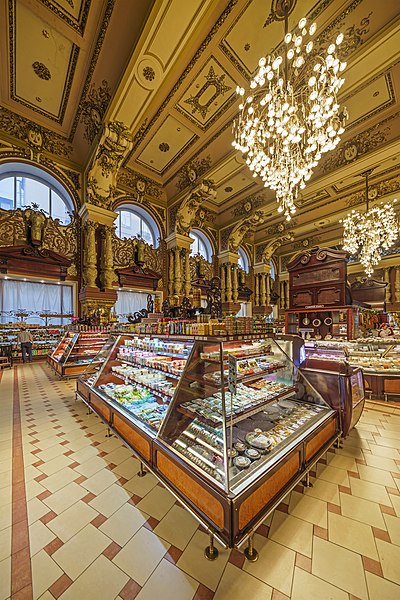
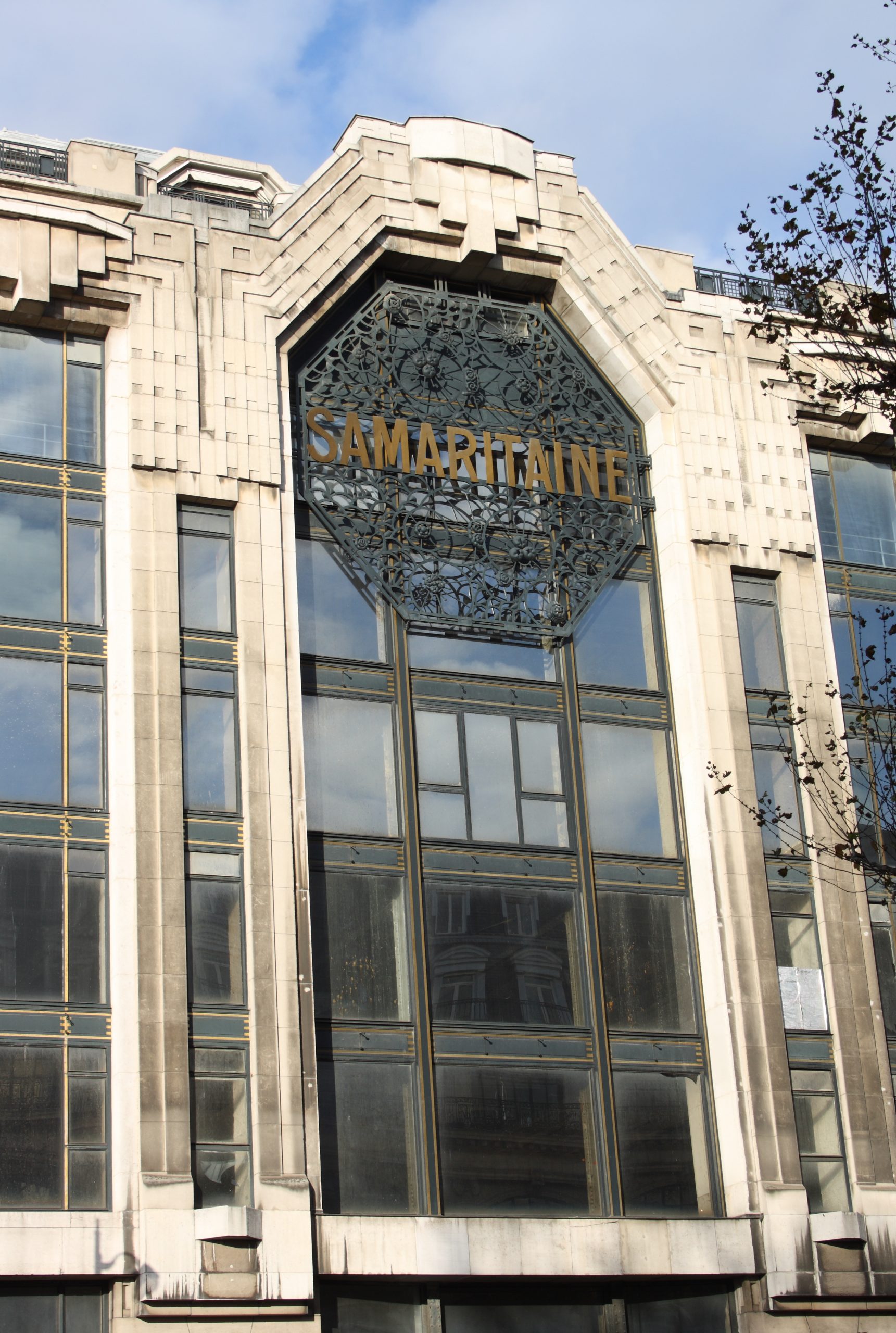 The famous Eliseevsky grocery store has closed in Moscow. It was closed, because the “owner” failed to prove the ownership of the purchased premises. However, the Moscow government intends to preserve the “unique object under the jurisdiction of the city” regardless of who will be its owner or user in the future. A “protection agreement with obligations to preserve an architectural monument, an object of cultural heritage of federal significance” will be concluded with future tenants.
The famous Eliseevsky grocery store has closed in Moscow. It was closed, because the “owner” failed to prove the ownership of the purchased premises. However, the Moscow government intends to preserve the “unique object under the jurisdiction of the city” regardless of who will be its owner or user in the future. A “protection agreement with obligations to preserve an architectural monument, an object of cultural heritage of federal significance” will be concluded with future tenants.
And the Parisian-adored department store La Samaritaine has reopened in Paris. They have been waiting for its opening for over 15 years. This is not just a shop, but also an architectural monument of the first half of the 20th century.
COVID-19
One cannot list the results of the past year without remembering the damned infection that continues to spoil not only our mood, but our life in general too.
Before the end of the year, as you might expect, a new strain had emerged in South Africa. And they again began to frighten us at first, and then drive us into a queue, at the end of which a man with a syringe is waiting for you. Without a third injection, in Paris, you will no longer go to a cafe or restaurant, museum, theatre or cinema.
Here are the results of the year we got…
Happy New Year, dear readers!




